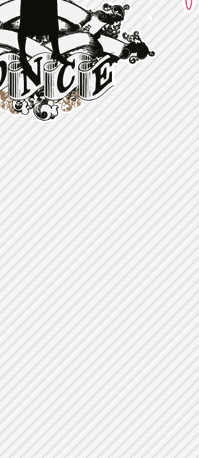



 |
||
Aaron the dancer: watch › |
Theo the musician: watch › |
Angel the socialite: watch › |
| Experiential Prototyping Case Study: A Mobile Music System |
|
The Mobile Music System case study resulted in an Experiential Prototype that helped invent, design and allowed the experience of using the device and all the components that it interacts with (such as a web and cell phone application) to be integrated into a touchscreen that told user-based stories. The touchscreen directly interacted with the device so you can watch how the characters use it and experience it for yourself. The main concept of the music system was that it acted as an open source of sounds and gestures. The device, represented as a small, ping-pong ball-like object that was movable and could be attached to a person’s body on things like clothes, hats, shoes, etc., could be used to play, make, share, and sync electronic loops. It acted as the music hub that became a mobile music library configured and accessed by other components such as a computer or cell phone. There were four main features that were invented in this system: play, make, share, and sync. Each feature was evolved based on the story and profiles of each character. Here are the key aspects of their profiles based on their stories: Aaron – the dancer Theo – the musician Angel – the socialite Each feature that was defined by the character’s story was turned into a working model to test the viability of the solution. The "blank device" focused the attention toward the potential experience and interactions of the system rather than specific forms of the individual devices that were to be designed at a later stage. The result is a story-based touchscreen that directly interacted with the device so you can watch how the characters use it and experience it for yourself. It became the prototype before the prototype by sketching the experiences of new and innovative complex systems of our future technologies.
|
Method
|
| © 2006. Jennifer Darmour, MFA. Media & Experiential Prototype Design. |
NEWS April 2006 April 2006 March 9 , 2006 Feb 8, 2006 Jan 19, 2006 Jan 11, 2006 Feb/Mar 2006 Dec 15, 2006
|